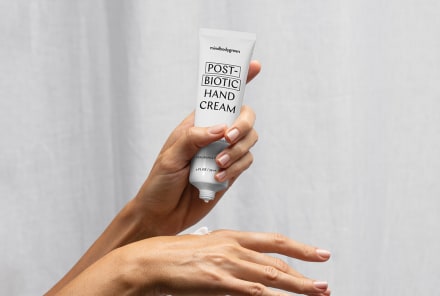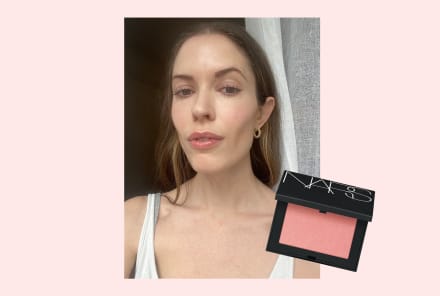Advertisement
The Chemicals You Didn’t Know You Were Consuming (And How To Stop)


You eat well, exercise, and do your best to get adequate sleep each night all in the name of good health. However, hidden chemicals could be sabotaging some of your efforts.
A recent database by the Environmental Working Group shows that there are more than 16,000 products out there that contain bisphenol A, a potential carcinogen that also has been shown to harm the reproductive system. And that's just the tip of the iceberg when it comes to chemical exposure. Here are some resources to help you make sure you're steering clear of harmful chemicals in your everyday products.
How and when does chemical leaching occur?
Some plastics are made of harmful chemicals that can leach into food and drinks. Leaching typically occurs when the plastic in question is scratched, worn down, heated, frozen, or left in the sun. If it's made with unsafe plastics, products like water bottles, cutlery, and even sippy cups and baby bottles can be potentially harmful.
Another huge source of chemicals that a lot of people don't think about is single-use straws. Restaurants, coffee shops, and juice bars all send us out with a plastic straw. Do your health and the environment a favor and say no!
What are some chemicals of concern?
1. BPA:
BPA is the first thing you have to worry about when using plastic containers, sippy cups, and water bottles. Although the FDA claims it’s safe to use products with BPA, not all consumers and scientists are convinced. The EWG has linked it to everything from difficulty conceiving, obesity, diabetes, early puberty, and behavioral changes in children. The European Union banned the use of BPA in baby bottles back in 2011. Likewise, in Belgium, Denmark, and Canada, BPA is banned from food containers and utensils intended for children 3 years old and under.
2. BPA Analogs:
When BPA was first found to be potentially dangerous, some plastic products substituted BPA with BPA analogs such as BPS, which is thought to be less prone to leaching. In essence, a BPS analog is similar in structure to BPA, with slight differences. While most BPA analogs have not been thoroughly tested, the similarities between BPA and BPA analogs are a cause for concern. Eighty-one percent of Americans now have detectable levels of BPS in their urine.
3. EA:
After people started to worry about BPA, other chemicals in plastics started to come into question. Soon it became evident that people should also limit their intake of chemicals that increase estrogenic activity. Thus, the estrogenic activity-free, or EA-free movement was born.
Like the name suggests, endocrine-enhancing chemicals, also known as xenoestrogens, mimic the effects of estrogen. While your body needs estrogen—even if you’re a male—too much of it can throw off your mood, energy levels, and menstrual cycle.
How can we avoid them?
Luckily, you don’t have to consume chemicals that are potentially risky. There are now plenty of ways to avoid products that contain BPA, BPS, and EA. The simplest one? Skip single-use plastics and Styrofoams. In addition to BPA, they could contain styrene and hormone-disrupting phthalates. Not to mention, saying no to single-use items is better for the planet and keeps our landfills clear and waterways clean.
Here's another simple tweak that can majorly help out the earth: Switch to bar soap!
Watch Next
Enjoy some of our favorite clips from classes
Enjoy some of our favorite clips from classes
What Is Meditation?
Mindfulness/Spirituality | Light Watkins
Box Breathing
Mindfulness/Spirituality | Gwen Dittmar
What Breathwork Can Address
Mindfulness/Spirituality | Gwen Dittmar
The 8 Limbs of Yoga - What is Asana?
Yoga | Caley Alyssa
Two Standing Postures to Open Up Tight Hips
Yoga | Caley Alyssa
How Plants Can Optimize Athletic Performance
Nutrition | Rich Roll
What to Eat Before a Workout
Nutrition | Rich Roll
How Ayurveda Helps Us Navigate Modern Life
Nutrition | Sahara Rose
Messages About Love & Relationships
Love & Relationships | Esther Perel
Love Languages
Love & Relationships | Esther Perel

















